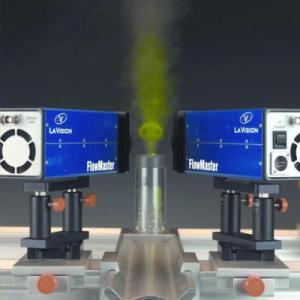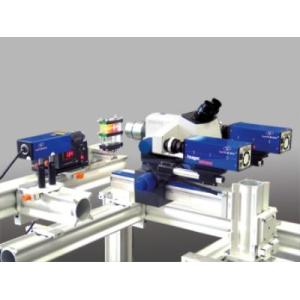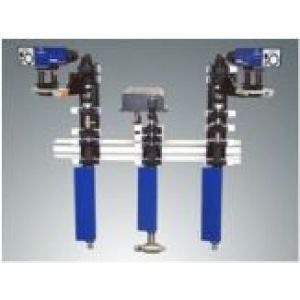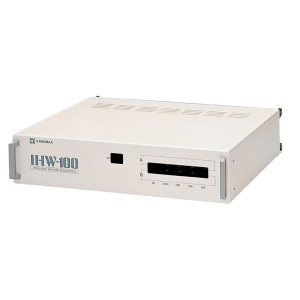测量效果: 平面(二位/三维)
产地类别: 进口
测量频率: 低频
测速范围: 0-2km/s
测定准确度: 1%
测量区域大小: 0-1mx1m
看了粒子图像测速仪(PIV)的用户又看了
仪器简介:
在内燃机引擎,透平机械或泵体中进行PIV测量通常需要设计加工昂贵带有光学透明窗口或全光学玻璃模型。采用相机内窥镜或激光内窥镜可以只开尺寸很小的通光孔径进行测量。先进的DaVis软件平台,集成了对较大光学成像畸变进行自动校正计算功能。LaVision提供的专门用于包括PIV测量应用的相机和激光内窥镜,通光波段涵盖可见光和紫外光波段。紫外光波段可以应用于燃烧和流动现象中的激光诱导荧光测量系统中。内窥式测量大大降低了对被测对象的机械改动和加工的工作量和时间以及投资成本。

德国LaVision PIV/PLIF粒子成像测速场仪
型号:FlowMaster® 150万 - 200万
显微粒子成像测速系统(Micro PIV)
型号:FlowMaster®-Micro 80万 - 100万
水下粒子成像测速系统(Under Water PIV)
型号:FlowMaster®-UW 200万 - 300万
热线风速仪CTA/HWA
型号:IHW-100 10万 - 30万DaVis是德国LaVsion公司推出的应用于反应和非反应流场测量,材料表面成像和追迹以及超快成像的智能(激光)成像技术的完整软件平台。 DaVis以灵活的图像采集模块,可用户定制的应用界面和特殊应用软件包三大特色功能成就了完美的成像系统所需软件。 DaVis软件可满足用户以纳秒量级的精度进行相机曝光,外部照明以及外部触发的同步控制并能自由选择采集图像序列。除此之外,DaVis软件拥有各种成像设置和控制的功能。 DaVis软件对用户开放,这种特色结合软件本身的宏命令语言,能够使得成像系统快速适应从高深的科学研究到可靠的工业应用等各种不同测量需求。 不仅如此,DaVis还拥有灵活的图像采集模式,先进的图像处理算法,多维图像数据的智能存储和显示,多种硬件的软件控制等功能。 集成了2DPIV和3DPIV功能模块的DaVis软件,参加了连续三年的PIVChallenge(http://www.pivchallenge.org)评测活动,均取得了优异成绩。客观证明了DaVis软件平台的出色性能。 PIVChallenge的组织者将两次PIVChallenge 活动的结果作了详尽的总结,并将结果发表在了公开的网站和杂志上。有关文章和下载网址如下: 1. Stanislas M, Okamoto K, Kaehler C (2003) Main results of the First International PIV Challenge. Meas Sci Technol 14:R63-R89 下载地址: http://stacks.iop.org/0957-0233/14/R63 或: http://www.oplanchina.com/download/Stanislas PIV challenge 2001.pdf 2. Stanislas M, Okamoto K, Kaehler C, Westerweel J (2005) Main results of the Second International PIV Challenge. Exp Fluids 39: 170-191 下载地址:http://www.oplanchina.com/download/PIV Challenge 2003 Results.pdf
LaVision GmbH粒子图像测速FlowMaster®-Endo的工作原理介绍
粒子图像测速FlowMaster®-Endo的使用方法?
LaVision GmbHFlowMaster®-Endo多少钱一台?
粒子图像测速FlowMaster®-Endo可以检测什么?
粒子图像测速FlowMaster®-Endo使用的注意事项?
LaVision GmbHFlowMaster®-Endo的说明书有吗?
LaVision GmbH粒子图像测速FlowMaster®-Endo的操作规程有吗?
LaVision GmbH粒子图像测速FlowMaster®-Endo报价含票含运吗?
LaVision GmbHFlowMaster®-Endo有现货吗?
最多添加5台
